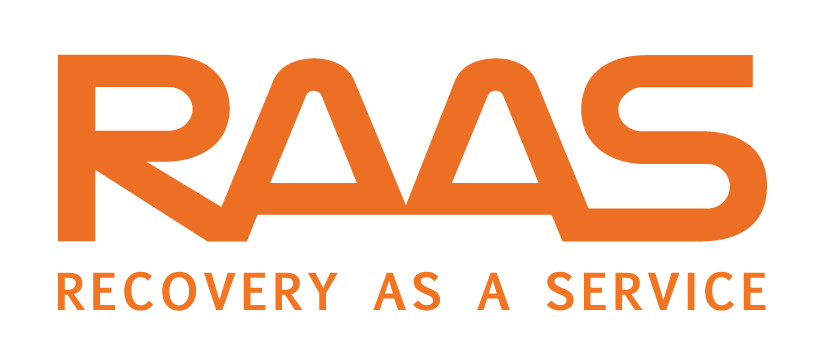The term disaster recovery is increasingly part of everyday business life. However, there is still much confusion associated with what this practice really is, often being confused with simple backup. To demystify ideas and clarify concepts, we have prepared this article in which we present 5 fundamental aspects about disaster recovery that you need to know!
What, after all, is disaster recovery?
A disaster recovery solution is a very complete process that guarantees data protection and recovery in case of failure. In addition to copying the data, it also ensures its restoration efficiently in case of natural disasters or infrastructure failures. This type of solution has as the great objective of eliminate (or at least minimize in large scale) the downtime of a company due to failures.
Difference between backup and disaster recovery
Backups typically run on a daily basis and pertain to copies of business data for a location other than the company structure. Backup storage is usually done in the Cloud. But disaster recovery presupposes the existence of a Recovery Time Objective, which defines how long the business can run without its IT infrastructure. Thus, in a disaster recovery plan there must be at least two infrastructures that allow the replication of the system and that guarantee the operations of the company and the continuity of the business.
Be proactive with regard to security
In the business world, the best solution is to always be one step ahead of the problems. The first step in the proper implementation of a disaster recovery plan is to survey all possible risks and vulnerabilities. After this step, you need to determine a strategy to reduce the likelihood of harmful effects for the organization. The objective is to understand the consequences of failures in certain points of the company, preparing the company for possible “catastrophes”. Thus, the organization will have a greater sense of its susceptibilities and will be better prepared if anything happens.
Automate as much as possible to avoid error
Many IT jobs are too repetitive, leading to demotivation by human resources. Automating processes is a way to reduce IT costs, as it is not necessary to highlight a collaborator to be exclusively dedicated to monotonous tasks and of little value to the organization. Automation reduces the time that the tasks take to execute and decreases the probability of human error. This is one of the most effective safety precautions you can implement.
Data recovery in the cloud
In recent years, Cloud has been gaining a prominent role among companies around the world and this is because this technology has been evolving significantly and increasingly there is security in these solutions in the cloud. RAAS is a dedicated infrastructure with selective replication in the cloud. This service enables nearly instantaneous disaster activation on virtual servers in a remote environment. In this way, even in the case of more extreme disasters, the information is easily recovered, not interfering with the usual performance of the company.

